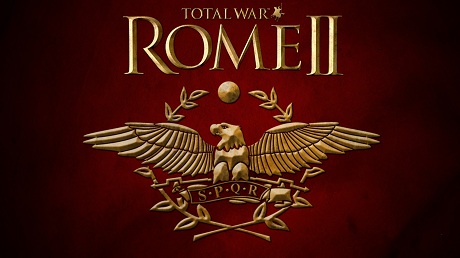Tower Hexareme - Roman Legionaries
From a shipboard tower, all enemies become little targets to be potted at will.The classic heavy infantry, with good armour and exceptional morale.
As centuries passed, naval tactics and needs changed across the Mediterranean. There was a move towards larger ships, partly as an expression of national or dynastic power: the Ptolemaic rulers of Egypt were particularly fond of large ships to show their wealth and influence in a physical way. These 'polyremes', a term meaning many oared, were not suitable for ramming work in battle. In practice many of them had no more oars than smaller ships; what they had were more rowers per oar than smaller ships. A Roman hexareme or Greek hexeres would have a couple of banks of oars with three men per oar, and appear to be an over-sized version of a smaller ship. Even so, thanks to being tremendously heavy and strongly constructed, they were slow moving, and hardly capable of the quick turns needed to take advantage of enemy mistakes. Instead the large ships made use of their wide decks and plentiful carrying capacities and became fighting platforms for infantry and artillery. Boarding or long-range bombardment were the methods to be used to defeat the enemy; naval warfare had come full circle in terms of fighting methods, even if ships had grown significantly.
(Roman Legionaries)
The military reforms of Gaius Marius in 104BC transformed the Roman army into a professional fighting force. Recruits were no longer required to own land in order to be soldiers: Roman citizenship was enough. Without farms to return to, men were willing to make the army their career, fighting lengthy campaigns in return for the pay, glory and retirement benefits. The Legions were equipped at the expense of the state, and each man carried a pilum, a gladius and a large 'scutum' shield, emblazoned with their Legion’s insignia. Under Marius men were expected to carry their own equipment, removing the need for large baggage trains manned by non-combatants. Unfortunately for the men this meant that they were carrying kit that weighed around 45 kilos, earning them the nickname 'Marius' mules'.
Unit Name Tower Hexareme - Roman Legionaries |
Main Unit Key 3c_Rom_Tower_Hexareme |
Land Unit Key 3c_Rom_Roman_Legionaries |
Naval Unit Key 3c_roman_lft_six |
Soldiers 160 |
Category Heavy Ship |
Class Melee Ship |
Custom Battle Cost 1500 |
Recruitment Cost 1500 |
Upkeep Cost 300 |
Missile Damage 30 |
├ Missile Weapon rome_pilum_heavy |
├ Projectile pilum_heavy |
├ Missile Damage 20 |
├ Missile Ap Damage 10 |
└ Base Reload Time 15 |
Accuracy 5 |
Range 40 |
Reload 0 |
Shots Per Minute 4 |
Ammunition 2 |
Ship Health 1206 |
└ Ship roman_six |
Ship Speed 5 |
Melee Attack 59 |
Weapon Damage 34 |
├ Melee Weapon rome_spatha |
├ Melee Damage Base 30 |
├ Melee Damage Ap 4 |
├ Armour Piercing No |
├ Bonus vs. Large 0 |
├ Bonus vs Elephants 0 |
└ Bonus vs Infantry 0 |
Charge Bonus 15 |
Melee Defence 48 |
├ Base Defence 23 |
├ Shield oval |
└ Shield Defence 25 |
Armour 80 |
├ Armour mail_improved |
├ Armour Defence 45 |
└ Shield Armour 35 |
Health 60 |
├ Man Entity rome_infantry_very_heavy |
├ Man Health 45 |
└ Bonus Hit Points 15 |
Base Morale 60 |
Abilities
Tower Hexareme- Row Hard 30
Increases speed for 30 strokes.
Ship speed
- Attacking Testudo
The troops of this unit raise their shields above their heads in a defensive formation.
Protection against missiles
Limited speed
Attributes
- Disciplined
This unit does not suffer a morale penalty when the general dies. It can also rally after routing more often. - Formation Attack
The unit will try to stay in formation when in melee. - Hide (forest)
This unit can hide in forests until enemy units get too close.
Strengths & Weaknesses
Tower Hexareme- Very good hull strength
- Heavy crew
- Slow speed
- Strong ramming
- Very good boarding
- Poor missile combat
- Very good attack
- Average defence
- Average damage but low armour penetration
- Good morale
| Faction Availability | |
|---|---|
| Empire Divided | |


 Français
Français Italiano
Italiano Deutsch
Deutsch Español
Español Русский
Русский Čeština
Čeština Polski
Polski Türkçe
Türkçe 简体中文
简体中文 正體中文
正體中文 日本語
日本語
